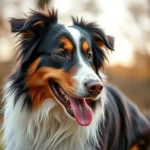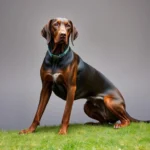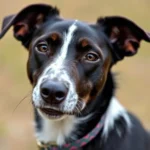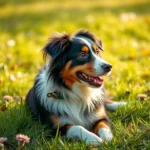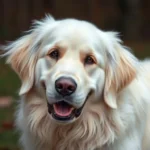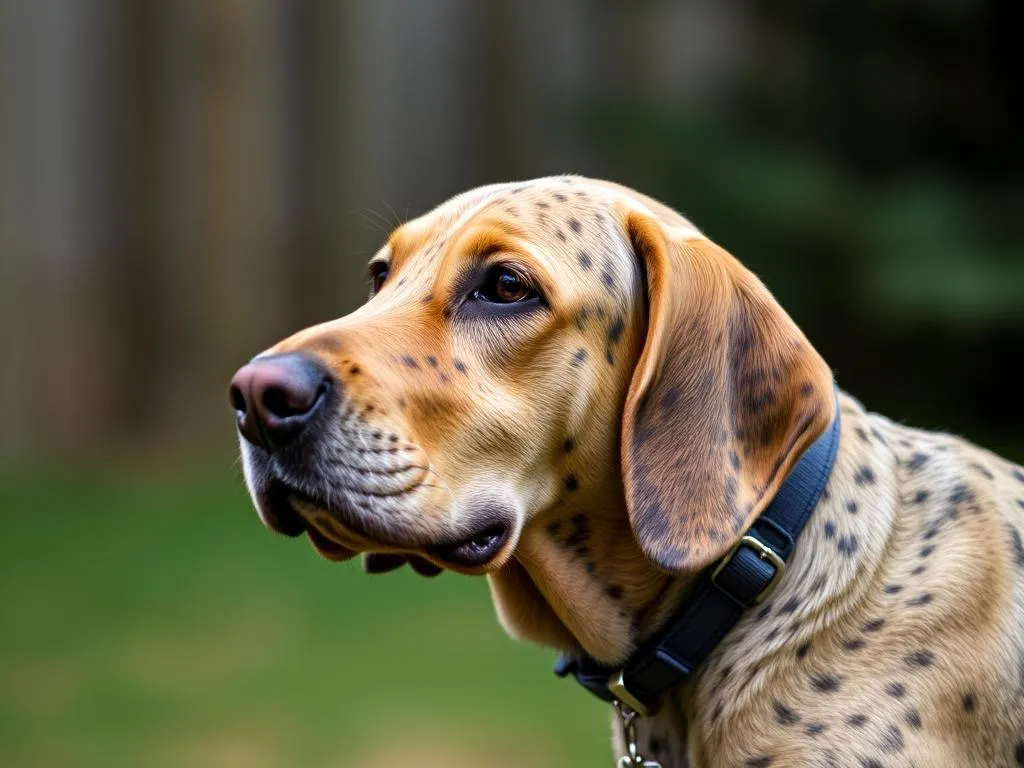
Introduction
Scenthound dog breeds are a unique group of canines celebrated for their extraordinary sense of smell. These breeds have been specifically developed to track scents, making them invaluable in various roles, from hunting to search and rescue operations. Their keen olfactory capabilities distinguish them from other dog types, such as sight hounds, which rely more on their vision.
The purpose of this article is to inform readers about the fascinating world of scenthound dog breeds. We will delve into their characteristics, training requirements, and suitability as family pets. By the end of this article, you will have a well-rounded understanding of these remarkable dogs.
What to Expect
You can expect to learn about the defining characteristics of scenthounds, their historical development, popular breeds, training and care tips, and their compatibility with family life. This comprehensive guide aims to provide valuable insights for anyone considering bringing a scenthound into their home.
Understanding Scenthound Dog Breeds
Characteristics of Scenthounds
Scenthound dog breeds come with a variety of physical and behavioral traits that make them unique.
Physical Traits
Scenthounds typically have:
– Size: Ranging from small, like the Beagle, to large, like the Bloodhound.
– Coat Types: Varied coat types, from short and smooth to long and wiry, adapted for different environments.
– Facial Features: Long ears and droopy eyes, which help trap scents close to their nose.
Behavioral Traits
From a behavioral perspective, scenthounds are known for:
– Intelligence: High intelligence levels, making them quick learners but occasionally stubborn.
– Energy Levels: Generally high-energy dogs that require regular exercise.
– Scenting Abilities: Exceptional tracking skills, allowing them to follow trails over long distances.
Scenthounds differ from other hound types primarily in their reliance on scent rather than sight for tracking. This makes them particularly well-suited for roles that require locating objects or people based on smell.
History and Development
The history of scenthound dog breeds is rich and varied. These breeds can be traced back to ancient times, where they were used for hunting and tracking game.
- Origins: Many scenthounds originated in Europe, where they were bred for specific hunting tasks. For example, the Bloodhound has roots in medieval hunting traditions.
- Purpose: Initially bred for their ability to pursue and track down prey, scenthounds have evolved into versatile working dogs. Today, they are not only used for hunting but also in search and rescue missions and law enforcement.
- Evolution: Over time, scenthounds have adapted to become not just skilled hunters but also beloved companions. Their friendly demeanor and loyalty have made them popular family pets.
Popular Scenthound Breeds
Overview of Common Breeds
Several scenthound dog breeds stand out for their popularity and unique characteristics.
Beagle
- Size: Small to medium-sized, typically weighing between 20-30 pounds.
- Temperament: Friendly, curious, and great with children.
- Common Health Issues: Beagles may be prone to obesity and ear infections due to their floppy ears.
Basset Hound
- Unique Traits: Known for their long ears and droopy eyes, Basset Hounds have a laid-back demeanor.
- Care Requirements: Regular grooming is essential due to their loose skin, which can trap dirt and moisture.
Bloodhound
- Scent Tracking Abilities: Renowned for their incredible sense of smell, Bloodhounds can follow a scent trail that is days old.
- Use in Law Enforcement: Often utilized in search and rescue operations due to their tracking capabilities.
Coonhound
- Variations: This breed includes several variations, such as the Black and Tan Coonhound and the American Coonhound, each specialized for different types of game.
- Specializations: They are excellent hunters, particularly known for their ability to track raccoons.
Lesser-Known Scenthound Breeds
While the popular breeds often steal the spotlight, several lesser-known scenthound dog breeds are equally fascinating.
Harrier
- Characteristics: Harriers are medium-sized dogs, similar in appearance to Beagles but with longer legs. They are friendly and energetic, making them good family pets.
- Suitability as Pets: They thrive in active households where they receive ample exercise.
Otterhound
- Unique Features: Known for their water-resistant coat, Otterhounds were bred for hunting otters. They have a distinctive shaggy appearance and a playful demeanor.
- Historical Significance: This breed is one of the oldest in Britain, with a history dating back to the 13th century.
American Foxhound
- Differences from Other Hound Breeds: The American Foxhound is lighter and faster than many other scenthounds, with a more refined hunting style. They are known for their friendly and easygoing nature.
Training and Care for Scenthound Breeds
Training Techniques
Training is crucial for scenthound dog breeds to ensure they develop into well-behaved members of the family.
- Importance of Early Socialization: Introducing your scenthound to various environments, people, and other animals from a young age helps them become well-adjusted adults.
- Recommended Training Methods: Positive reinforcement techniques work best with scenthounds. Using treats and praise encourages them to learn and perform desired behaviors.
- Overcoming Common Behavioral Issues: Scent hounds can be prone to stubbornness. Consistent training and patience are essential for overcoming challenges.
Exercise and Activity Needs
Scenthound dog breeds typically have high energy levels and require regular exercise to stay healthy and happy.
- Recommended Types of Exercise: Daily walks, playtime, and activities that engage their sense of smell, such as scent games, are ideal for scenthounds.
- Mental Stimulation: Providing mental challenges through scent work training can help prevent boredom, which may lead to undesirable behaviors.
Grooming and Health Care
Grooming needs vary among scenthound dog breeds, but certain commonalities exist.
- Grooming Needs: Breeds with longer coats, like the Otterhound, require more frequent grooming to prevent matting. Shorter-haired breeds, like Beagles, need less maintenance.
- Common Health Concerns: Many scenthounds are prone to specific health issues, such as hip dysplasia, ear infections, and obesity. Regular vet check-ups and a balanced diet are crucial for preventative care.
- Importance of Regular Vet Check-Ups: Routine visits to the veterinarian help catch any health problems early and ensure your dog remains in peak condition.
Scenthounds as Family Pets
Suitability for Different Lifestyles
Scenthound dog breeds can fit into various lifestyles, but certain considerations should be made.
- Considerations for Families with Children: Most scenthounds are known for their friendly nature and can be excellent companions for children. However, supervision is essential, especially with younger kids.
- Adaptability to Living Situations: While some scenthounds can adapt to apartment living, larger breeds typically benefit from more space and a yard to roam.
- Compatibility with Other Pets: Scenthounds generally have a friendly disposition, but their strong prey drive may make them less compatible with smaller pets.
Pros and Cons of Owning a Scenthound
Owning a scenthound comes with its set of advantages and challenges.
Advantages
- Loyal Companions: Scenthounds are often affectionate and loyal, forming strong bonds with their families.
- Intelligent and Trainable: With proper training, they can learn a variety of commands and tricks.
Challenges
- Stubbornness: Many scenthounds can be quite stubborn, making training a longer process.
- High Exercise Needs: They require regular exercise and mental stimulation, which may not suit all lifestyles.
Conclusion
In this article, we explored the fascinating world of scenthound dog breeds, from their unique characteristics and historical significance to popular and lesser-known breeds. We also discussed training and care requirements, as well as their suitability as family pets.
Choosing a scenthound as a pet can be rewarding, but it’s essential to consider your lifestyle and preferences. With their remarkable scenting abilities and loving nature, scenthounds can make wonderful companions for the right families.
In summary, understanding the needs and traits of scenthound dog breeds can help you make an informed decision when selecting a new furry friend. Be sure to consider how well a scenthound fits into your daily life, exercise routine, and family dynamics.
FAQs
Common Questions About Scenthound Breeds
What is the average lifespan of a scenthound?
The average lifespan of a scenthound varies by breed but typically ranges from 10 to 15 years.
How much exercise do scenthounds need?
Scenthounds generally require at least 1 hour of exercise daily, including walks, playtime, and mental stimulation.
Myth-Busting
Are scent hounds difficult to train?
While some scenthound dog breeds can be stubborn, they are also intelligent. With patience and consistent training methods, they can be trained effectively.
